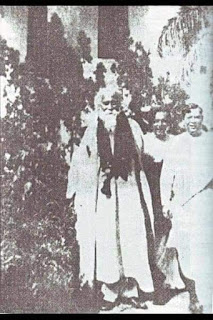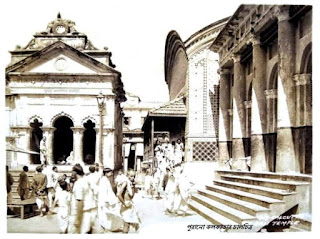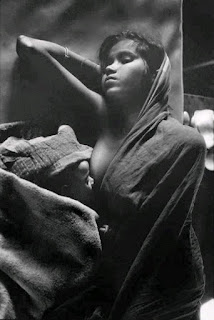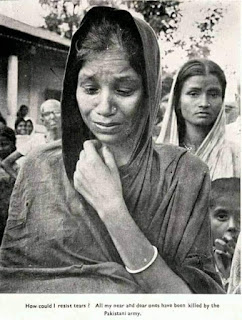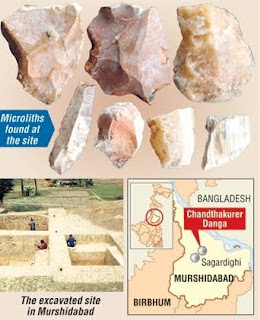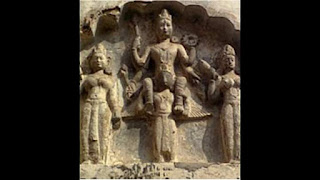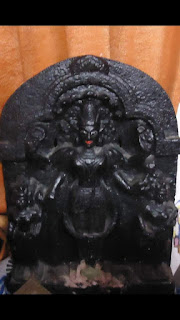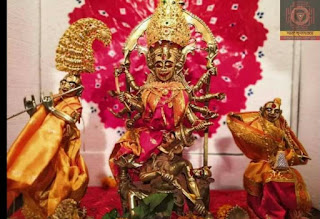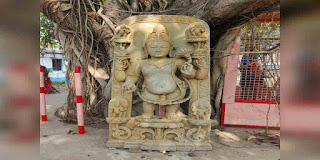Bhabani Pathak Shiva Temple: A Memorial of the Sannyasi Rebellion

The Temple of Bhabani Pathak at Kachari Pairadanga Mahalla of Nageswari municipality under Nageswari upazila in Kurigram district is a significant symbol of Sannyasi rebellion. Bhabani Pathak was the central leader of the Fakir-Sannyasi rebellion in the greater Rangpur district of Bangladesh and Eastern Himalayan Foothills of India. During this time, he is said to have built multiple Shiva temples in greater Rangpur districts. This two hundred year old Shiva temple of Kurigram is one of them. There is no inscription mentioning the exact year and date of the temple, but it is believed that the temple was built in the later part of 18th Century during the Sannyasi rebellion, but before 1787 CE, the year of Pathak's death. During the Sannyasi rebellion, Sannyasis took shelter here and organized the peasants against the East India Company. Bhabani Pathak was the mentor of Devi Choudhurani. Architecture The temple is built with bricks and powdered lime. But due...



